We provide the full-range of geotechnical services for civil engineering companies in Canada and the United States. We tailor our testing and reporting approach according to your needs to ensure your projects meet the highest quality assurance standards and with the lowest cost to you.
As soil experts, we investigate subsurface conditions to develop solutions and designs to answer your engineering questions. We accomplish this through data collection in the field using precise sampling and measurement techniques followed by laboratory tests that:
- Record the properties of soil and rock
- Analyze the stability of slopes and other earth structures, and
- Determine foundational requirements
Compared to other geotechnical engineering companies, we exceed expectations in our adherence to strict engineering standards and through intelligent reporting to provide the fastest, most reliable results.
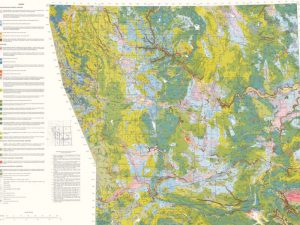 Preliminary Desktop Site Review
Preliminary Desktop Site Review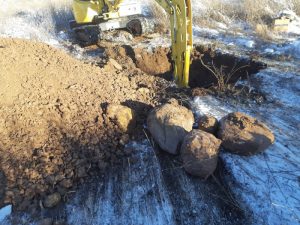 Boreholes and/or Test Pit Investigations
Boreholes and/or Test Pit Investigations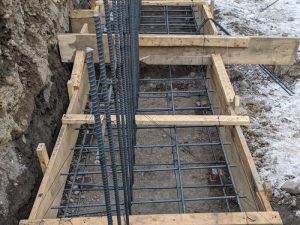 Shallow and Deep Foundation Design
Shallow and Deep Foundation Design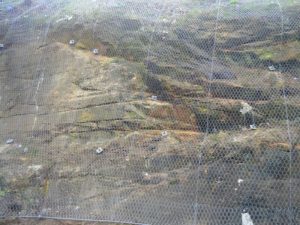 Slope Stability Analysis
Slope Stability Analysis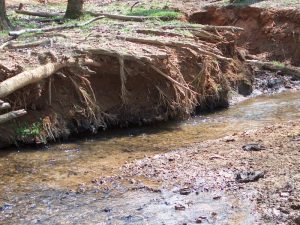 Erosion Risk Assessment and Considerations
Erosion Risk Assessment and Considerations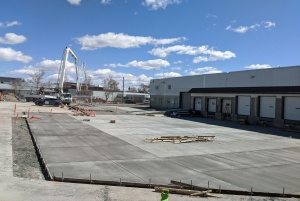 Asphalt and Concrete Pavement Design
Asphalt and Concrete Pavement Design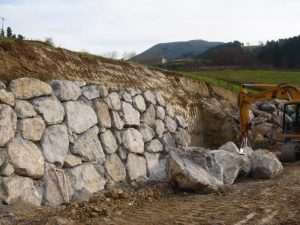 Design Recommendations and Considerations of Soil Retaining Structures
Design Recommendations and Considerations of Soil Retaining Structures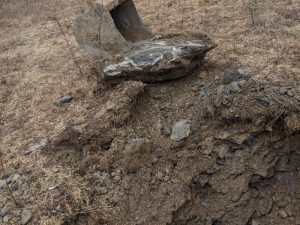 Excavation Requirements and Recommendations
Excavation Requirements and Recommendations Tunnels and Buried Utility Design and Considerations
Tunnels and Buried Utility Design and Considerations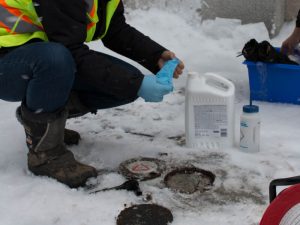 Groundwater Management and Dewatering Considerations
Groundwater Management and Dewatering Considerations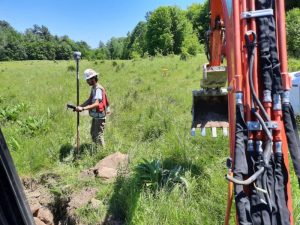 Topographic Survey Services
Topographic Survey Services